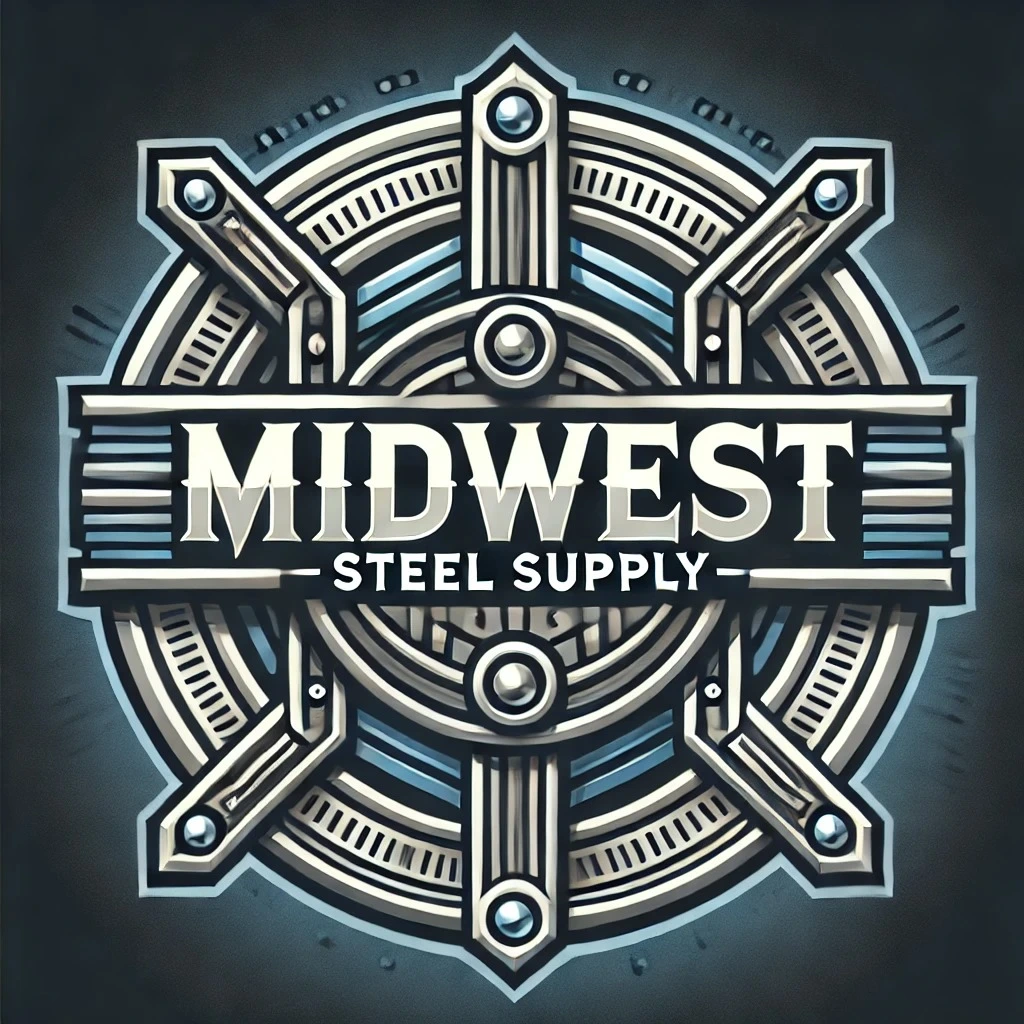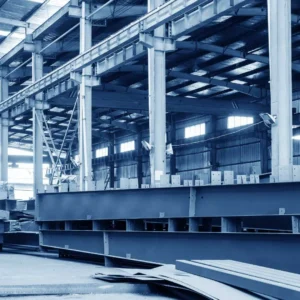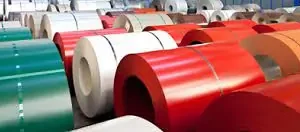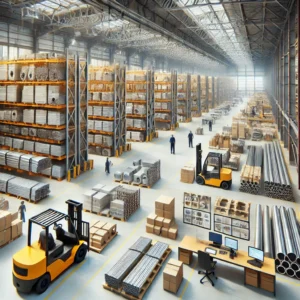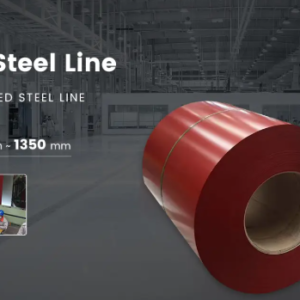Understanding ASTM A500 structural tubing price and Its Market Price

Introduction
In modern construction and fabrication industries, ASTM A500 structural tubing price has become one of the most widely used materials for structural frameworks, mechanical applications, and general steel construction. Known for its excellent strength, weldability, and cost-effectiveness, ASTM A500 tubing serves as a backbone for everything from commercial buildings to industrial machinery.
When companies search for ASTM A500 structural tubing price, they often encounter a wide range of figures. That’s because the final price depends on several factors — including size, grade, wall thickness, length, and regional market conditions. This article explains what ASTM A500 tubing is, what affects its price, and how buyers can make informed purchasing decisions.
What is ASTM A500 Structural Tubing?
ASTM A500 is a specification established by the American Society for Testing and Materials (ASTM) for cold-formed, welded, and seamless carbon steel structural tubing. It is used primarily in structural applications where strength and uniformity are essential.
Key Characteristics
-
Manufacturing process: Cold-formed and welded from flat-rolled steel.
-
Cross-section: Round, square, or rectangular tubing.
-
Weld seam: Typically high-frequency welded (HFW).
-
Finish: Black, bare, or galvanized depending on customer needs.
Available Grades
ASTM A500 tubing comes in several grades, each defined by yield strength, tensile strength, and elongation:
| Grade | Yield Strength (min) | Tensile Strength (min) | Typical Application |
|---|---|---|---|
| Grade A | 33,000 psi | 45,000 psi | Light-duty structures |
| Grade B | 46,000 psi | 58,000 psi | General structural applications |
| Grade C | 50,000 psi | 62,000 psi | Heavy structures, columns |
| Grade D | 36,000 psi | 58,000 psi | Round sections only |
Among these, Grade B and Grade C are most commonly used in construction and manufacturing industries.
Common Applications of ASTM A500 Tubing
ASTM A500 structural tubing is versatile, durable, and ideal for load-bearing and fabrication uses. Typical applications include:
-
Building Frames: Columns, beams, and trusses in commercial or industrial buildings.
-
Bridges and Infrastructure: Used in pedestrian bridges, guardrails, and supports.
-
Machinery Frames: Ideal for equipment structures requiring consistent shape and strength.
-
Automotive and Transportation: Bus frames, truck chassis, and trailers.
-
Agricultural and Storage Equipment: Racking, greenhouses, and farming implements.
-
Sign Supports and Poles: Streetlight poles, signposts, and tower supports.
The popularity of ASTM A500 tubing lies in its consistent mechanical properties, easy fabrication, and long service life — making it a preferred alternative to hot-rolled angle or channel sections in many projects.
ASTM A500 Structural Tubing Price Overview
When discussing ASTM A500 structural tubing price, one should understand that prices are not fixed but depend on several market and manufacturing factors. Typically, A500 tubing is sold per foot, per pound, or per ton, depending on supplier and region.
Average Market Price Range
As of recent market averages, ASTM A500 tubing prices range between 0.90 to 1.50 USD per pound, depending on size, grade, and order quantity. On a per-ton basis, this equals approximately 1,800 to 3,000 USD per metric ton.
For large bulk orders or mill-direct purchases, the price can drop closer to 1,600 USD per ton, while retail or small-quantity purchases can exceed 3,000 USD per ton due to cutting, handling, and logistics costs.
Factors Affecting ASTM A500 Structural Tubing Price
Several key factors determine the final cost of ASTM A500 tubing. Understanding these helps buyers plan purchases more strategically.
1. Size and Wall Thickness
The cost of tubing increases with both diameter and wall thickness. Heavier sections require more steel and additional forming power during production. For example, a 6″x6″x0.25″ square tube will cost significantly more per foot than a 2″x2″x0.125″ tube.
2. Grade of Steel
Grades with higher yield strength, such as A500 Grade C, typically cost slightly more due to stricter quality control and additional alloying content.
3. Surface Finish
Black (bare) steel tubing is usually the most economical. Galvanized or painted finishes, though offering better corrosion resistance, add 10–25% to the overall cost depending on coating type and thickness.
4. Quantity Ordered
Bulk orders directly from mills or large distributors can significantly lower the per-unit cost. Smaller quantities or retail purchases often include cutting, packaging, and transport fees that raise the price per foot or ton.
5. Raw Material Prices
The price of carbon steel tubing closely follows the cost of raw materials such as iron ore, scrap steel, and alloying elements. When global steel feedstock prices rise, tubing costs increase accordingly.
6. Energy and Labor Costs
Steel manufacturing is energy-intensive. Electricity, natural gas, and fuel prices play an important role in production costs. Likewise, labor costs vary between regions and can influence pricing from different mills.
7. Transportation and Logistics
Shipping heavy steel tubing involves significant freight charges. The further the distance from the mill or distributor, the higher the landed cost. Buyers must also account for handling, customs duties, and inland transport.
8. Market Supply and Demand
During infrastructure booms or supply shortages, tubing prices can spike rapidly. In slower market periods, competition among mills and distributors may push prices down.
9. Fabrication and Processing Services
Cutting, drilling, punching, and end-finishing services add to the base price. Some suppliers offer turnkey fabrication options that, while more expensive, can save time and reduce project delays.
Typical Price Ranges by Dimension (Approximate)
| Tubing Size | Wall Thickness | Typical Price per Foot (USD) | Typical Price per Ton (USD) |
|---|---|---|---|
| 2” x 2” x 0.125” | 0.125” | $2.50 – $3.20 | $1,800 – $2,000 |
| 4” x 4” x 0.187” | 0.187” | $5.00 – $6.20 | $2,100 – $2,400 |
| 6” x 6” x 0.250” | 0.250” | $9.00 – $10.50 | $2,600 – $2,900 |
| 8” x 8” x 0.312” | 0.312” | $13.00 – $14.50 | $2,800 – $3,000 |
Note: These figures are indicative and vary by supplier, region, and steel market fluctuations.
Regional Price Variation
The ASTM A500 structural tubing price can differ considerably between countries and even within regions of the same country.
-
United States: Prices usually range from $1,900 to $2,600 per ton depending on grade and coating.
-
Middle East: Prices tend to be around $2,000 – $2,400 per ton for black tubing, slightly higher for galvanized products.
-
South Asia (India, Pakistan): Due to local steel availability, average rates can be between $1,600 – $2,200 per ton.
-
East Asia: In countries like China and Korea, high production capacity often leads to competitive prices near $1,500 – $1,900 per ton.
These fluctuations depend on local steel demand, currency exchange rates, and shipping costs.
Market Outlook and Future Trends
The demand for ASTM A500 structural tubing continues to grow due to increasing infrastructure projects, renewable energy structures, and warehouse developments worldwide. With construction sectors focusing on modular and prefabricated systems, square and rectangular tubing remain in high demand.
However, the price outlook is tied to key factors such as energy costs, raw material prices, and global economic trends. If iron ore or scrap steel costs rise, tubing prices will likely follow. Similarly, government infrastructure spending and supply chain stability can influence both demand and availability.
In the long term, while short-term fluctuations are expected, ASTM A500 tubing will likely maintain steady pricing due to its consistent demand and essential role in structural engineering.
Tips for Buyers
-
Specify Grade and Size Clearly: Always include grade (B, C, or D), size, and wall thickness in your RFQ (request for quotation).
-
Compare Multiple Suppliers: Prices can differ by as much as 10–15% between distributors.
-
Ask for Mill Test Certificates: Ensure the tubing meets ASTM A500 standards.
-
Consider Delivery Time: Bulk imports may save money but take longer; local stock can be faster but pricier.
-
Monitor Market Trends: Keep an eye on steel price indices and energy costs before large purchases.
Conclusion
ASTM A500 structural tubing is a vital material for construction and engineering projects, combining strength, uniformity, and affordability. While prices vary depending on grade, dimension, and market conditions, the general range lies between $1,800 and $3,000 per ton for standard black steel tubing.
Understanding the factors that influence pricing—such as raw materials, production processes, and regional demand—helps buyers make better procurement decisions. Whether purchasing for building frameworks, machinery, or infrastructure, choosing high-quality ASTM A500 tubing ensures reliability, performance, and long-term value for money.
In today’s competitive steel market, staying informed about ASTM A500 structural tubing price trends allows engineers and contractors to optimize budgets and maintain project profitability while ensuring structural integrity.
